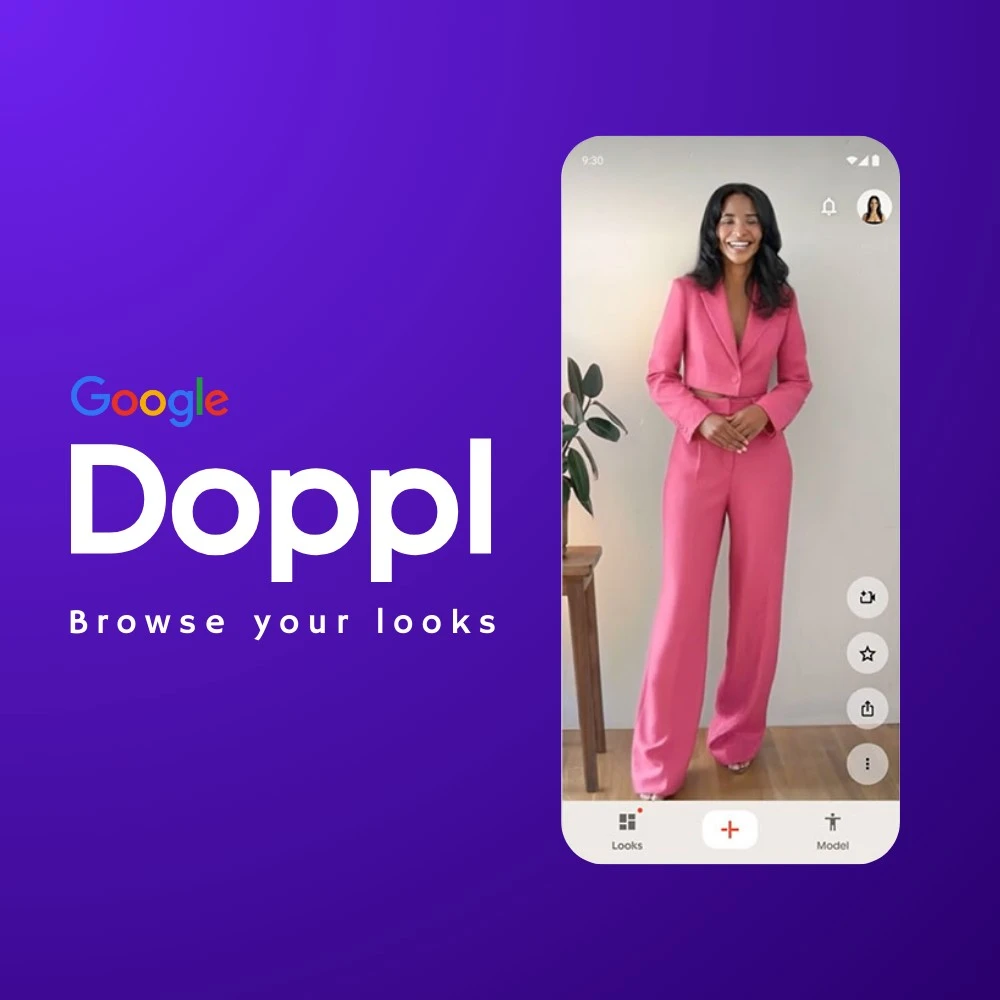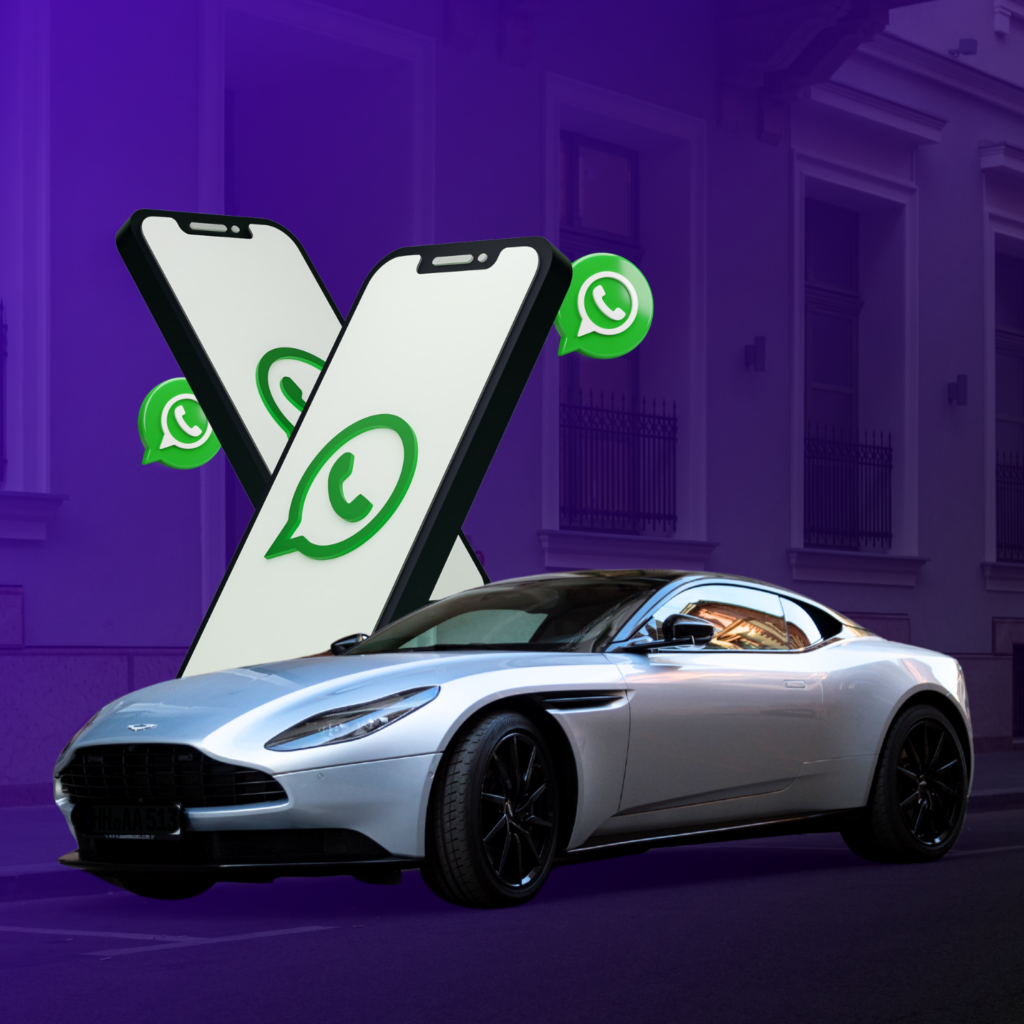Introduction
Brand engagement is essential for luring in new customers in the competitive digital market of today. This phrase describes the degree of emotional resemblance and interaction between a brand and its intended market. With the development of virtual reality technology, businesses now have a cutting-edge tool for brand engagement, to enthrall their audience, and to provide immersive experiences unlike any other.
Virtual reality experiences might closely resemble the real world or be wholly unrelated to it. It blends technology and software to make an immersive and interactive experience. VR equipment, such as headgear and controllers, allows users to explore and engage with virtual worlds in a 3D setting.
Understanding Virtual Reality
By simulating reality in a computer-generated setting, virtual reality stimulates the senses and gives the user a sense of presence. It follows the user’s motions and modifies the visual and aural feedback in accordance with those movements to heighten the sense of immersion. Users can go to imaginative places, experience realistic settings, and interact with virtual persons and objects using VR.
There are many different kinds of virtual reality (VR) equipment on the market right now, from expensive headgear like the Oculus Rift and HTC Vive to more affordable choices like smartphone-based VR systems like Google Cardboard and Samsung Gear VR. These gadgets adapt to a variety of user preferences and financial constraints by providing varying degrees of immersion and engagement.
The Benefits of Virtual Reality for Brands
Immersive Brand Experiences:
Utilizing virtual reality, businesses can develop engrossing experiences that immerse people in their brand realm. Virtual reality (VR) provides a degree of involvement that conventional media cannot match, whether it be when touring a virtual store, going to a virtual event, or using a product in a virtual setting.
Increased Customer Engagement:
Users are engaged for longer lengths of time because of VR. Users are more likely to actively engage with a brand’s message and services because VR is interactive and encourages user participation.
Enhanced Emotional Connection:
Brands can create deep relationships with their target audience by offering users emotionally stirring experiences. The brand’s message will be more memorable and impactful because of VR’s capacity to arouse strong emotions.
Memorable and Shareable Content:
Users’ impressions of VR encounters frequently persist for a long time. As a result, the reach and impact of a brand’s message are increased because they are more likely to recall and share their VR experiences with others.
Examples of Successful VR Brand Engagement
VR in the Retail Industry:
Virtual showrooms and fitting rooms have been created by retail firms using VR, enabling buyers to try things virtually before buying. The smooth and customized shopping experience made possible by this technology increases customer engagement and conversion rates.
VR in the Travel and Hospitality Industry:
Travel agencies utilize virtual reality to display hotels and locations, giving potential consumers a taste of what they have to offer. Travelers’ decision-making is aided by this immersive strategy, which also strengthens their emotional bond with the company.
VR in the Automotive Industry:
Virtual reality (VR) has been used by automakers to offer virtual test drives so that clients may experience their vehicles without physically visiting a dealership. Brands may use VR to highlight the features of their automobiles and thrill potential customers.
Implementing VR in Brand Engagement Strategies
Virtual reality (VR) integration into brand engagement tactics is becoming more and more popular and profitable for companies. Here are five crucial points emphasizing its significance:
Immersive Experiences:
VR enables businesses to design captivating, audience-engaging immersive experiences. Utilizing VR technology, businesses can take customers into virtual worlds where they may engage with goods, services, or brand storylines in a distinctive and memorable way.
Emotional Connections:
By encouraging consumers’ emotional connections with brands, virtual reality technology improves brand engagement. By offering an immersive experience, marketers can arouse strong feelings, foster empathy, and forge enduring memories, strengthening the connection between the customer and the brand.
Differentiation:
Implementing VR in brand engagement strategies sets businesses apart from their competitors. By incorporating this innovative technology, brands demonstrate their commitment to staying at the forefront of customer experiences, showcasing their willingness to invest in cutting-edge solutions.
Enhanced Product Understanding:
With the use of virtual reality, businesses can present their goods and services in a realistic and engaging way. Through virtual product testing, visualizing features, and understanding benefits, consumers can better grasp items and make educated purchasing decisions.
Potential for Going Viral:
VR experiences have the potential to go viral, increasing audience reach and brand recognition. Viral social media buzz can be created by interesting and shareable VR content, increasing brand exposure and organic reach.
Overcoming Challenges in VR Brand Engagement
Cost and Accessibility:
Producing high-quality VR experiences can be costly, and not all users have access to VR equipment. When adopting VR marketing, brands must take accessibility and cost into account.
Technical Limitations:
The resolution, processing speed, and user interface restrictions may exist because VR technology is still in its early stages of development. To provide the finest VR experiences possible, brands need to remain current on the most recent developments.
The Future of VR Brand Engagement
VR brand interaction has a bright future because of technological improvements and growing marketing channel integration. Here are some significant trends to keep an eye on:
Advancements in VR technology:
Future revisions of VR gear and software will offer better user interfaces, more realistic images, and higher resolutions. VR will become more pleasurable overall as a result of these improvements.
Integration of VR with other marketing channels:
Brands will integrate VR with already-existing marketing channels like social media, Ecommerce Sites, and live events to create seamless, multidimensional brand experiences.
Personalized and interactive VR experiences:
For the purpose of providing interactive and personalized VR experiences, brands will make use of user data and artificial intelligence. A deeper level of engagement will be achieved since users will have greater control over their virtual experiences.
Conclusion
For brands, virtual reality offers a potent tool for fostering brand connection and producing memorable experiences for their target audience. Brands can strengthen emotional bonds, boost client engagement, and leave a lasting impression by utilizing the immersive and interactive aspects of VR. VR will become more and more important in brand marketing strategies as technology develops.
Author BIO
Aline V. Galloway is the manager and Head of Growth of Incrementors, a company that assists clients in expanding their online businesses by bringing in more customers, Incrementors is an Award-Winning Digital Marketing Agency lead, and sales. Online marketing solutions that are specifically adapted to the demands of the clients are the Incrementors’ area of expertise.



